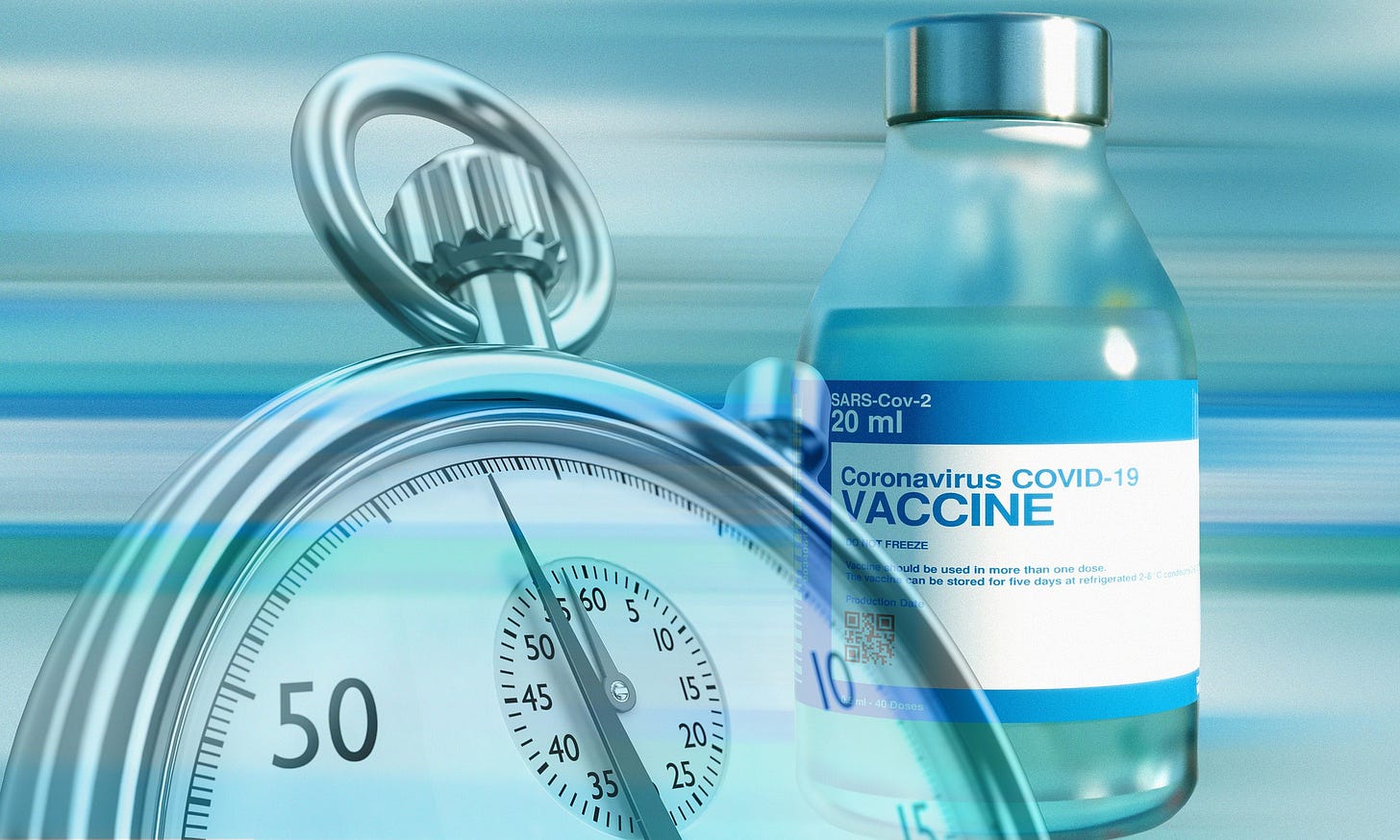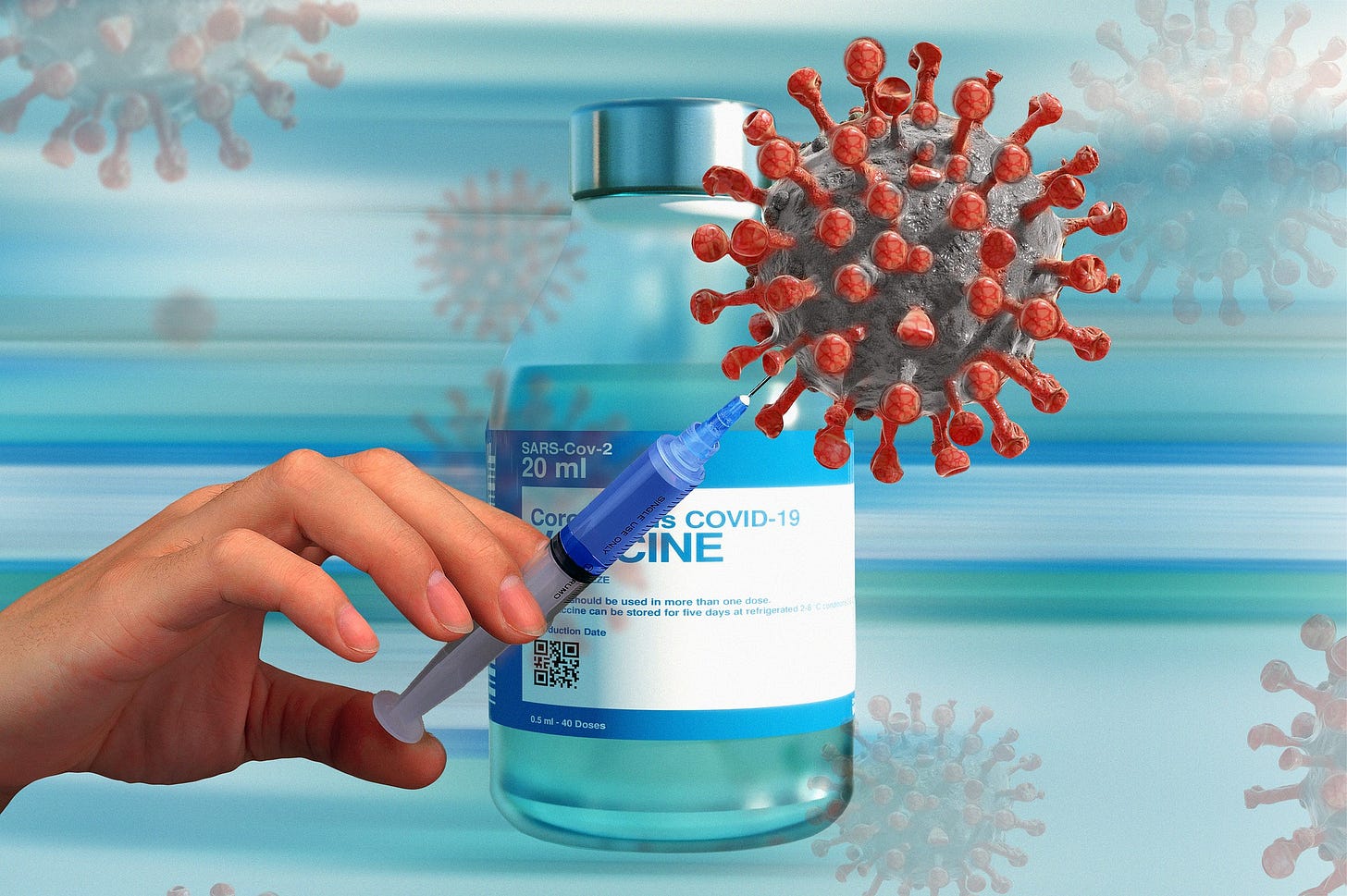Post jab, your immune system reboot will be essential. Many doctors and researchers would agree that the myriad of symptoms and side effects from Covid and its associated injection lies at fault of the spike protein. You need to do something about spike protein removal. It hangs around in the body, particularly in some locations, causing inflammation and abnormal tissue function.
In this article, I’m going to sum up what we do know and then I’ll follow with what you can do about it.
Immune System:
Spike proteins are found in the immune cells of those who have had the injection or had the virus. In fact one study showed that in people with ‘long Covid’…over 15 months in duration, over 71% still had spike proteins in their immune cells. And 91% of people with severe and acute covid had spike proteins in their immune cells. This was the same for those who died of covid and were checked by autopsy. The immune cells looked like they were trying to fight the infection, but were overwhelmed, suggesting a general toxicity.
Lungs:
The lungs are a major site of injury following COVID-19 infection and are believed to be a highly susceptible organ.
Studies on autopsy samples from people who died several days or months following COVID-19 vaccination found strong spike protein presence in the lung cells of these individuals. The team led by German pathologist Dr. Arne Burkhardt found spike proteins in lung cells of a living person nine months after vaccination, with immune cells nearby, suggestive of possible immune action.
Studies on autopsy samples from people who have been infected found in the lungs severe inflammation, spike protein presence in cells, great immune presence, often accompanied with smaller areas for gas exchange, scarring, and thickening of the lung tissues.
Oral and Nasal Cavity:
Of course the virus infects in this area to begin with, but I’m not happy with the efficiency of the tests that are being used. However, an autopsy study on 18 patients who died after COVID-19 infection found spike proteins in their salivary glands. The authors found spike proteins from the virus in both the cells of the glands and the saliva. They also found spike protein presence with inflammation and immune cell presence, and swelling in the salivary glands and scarring, all indicative of possible spike protein induced damage.
Connective Tissue:
Connective tissue comprises blood, bone, and fat. Spike proteins have been found in all three areas. It would seem that spike protein remains in these tissues for quite a while after vaccination. These spike proteins therefore pose risks for endothelial cells that line the blood vessels, and also present as a risk of blood clots due to the spike protein’s capability to bind to blood clotting proteins. They have also been found in the bone marrow on autopsy.
A study on autopsy samples taken from the chest region of 47 people who died following COVID-19 infection found spike proteins distributed within fat cells; fat cells also regulate the body’s metabolism, and dysfunction of fat cells can lead to metabolic diseases including inflammation and diabetes.
Endothelial Cells:
These are the protective, lining cells of your blood vessels, intestinal walls, etc. They all have many receptor sites, which the spike protein can bind to, triggering immune attacks to these very critical cells.
Studies on vaccinated individuals found strong spike protein presence in the endothelial cells that line the inner layers of blood vessels in the brain, heart, lungs, and spleen.
This would also be accompanied with an immune attack at the surrounding environment. The team found damaged blood vessels, especially in small capillaries surrounded by inflammatory immune cells, suggestive of spike protein induced injury. This puts all of the internal organs at risk, as all internal organs are supplied with blood vessels.
Brain:
Though the SARS-CoV-2 virus is not able to cross into the brain through the protective blood-brain barrier, studies in mice showed that the spike protein by itself is able to cross it. Which is definitely a problem.
Studies on human neural cell cultures also found that the spike protein could enter the cells and cause dysfunction to protein clearance of the neurons and result in the neurons wasting away or cell death. Highly undesirable result for your brain cells.
An autopsy study on vaccinated individuals found spike proteins were found in the biopsies of many brain blood vessels. Spike proteins were also detected in the neurons, though at a lower rate.
Heart:
On autopsy they found spike proteins in the heart muscles of deceased vaccinated individuals, with signs of inflammation and immune cell activity, possibly indicative of myocarditis. (Which is an inflammation of the muscles of the heart).
Spike proteins were also found in the coronary arteries, and in the aorta, the largest blood vessel in the body. These findings were all accompanied with immune cell presence and severe signs of inflammation and tissue damage, implying possible heart injury. And hence the very strange clots which are rubber-like, found on autopsy.
Another laboratory study showed that the spike protein by itself could cause heart damage. The human tissues cells were infected with the SARS-CoV-2 virus, the study found the spike protein from the virus could bind to cardiac pericytes. These are cells that support blood vessel cells and control the constriction and dilation of blood vessels. When spike protein attached to pericytes, pericytes became more motile and less supportive of the blood vessel cells. They also secreted pro-inflammatory molecules and chemicals that triggered blood vessel cells to die. These findings all suggest that cardiac damage can occur with spike protein presence alone.
Spike proteins have been found in many other organs as well. In all cases, causing inflammation and organ dysfunction.
Thyroid - Interferes with the secretion of thyroid hormone, so vital to your metabolic rate.
Pancreas - Affects two main types of cells here. 1) those that produce digestive enzymes so you can absorb and metabolize your food 2) those which produce insulin to control blood glucose (when this goes wrong, it can result in diabetes). So even those without diabetes, could wind up with a syndrome much like it.
Liver - Spike proteins were found in the liver and gall bladder even up to 180 days after infection or vaccine. On autopsy for those who died, all had signs of fatty liver indicating inflammation and disease processes going on.
Kidney - On autopsy, all patients were found to have kidney changes indicating problems with filtering of toxins, as they are supposed to do. They also showed dysfunction in circulation and congestion within the vessels. There was also noted an increase in protein in the urine, another strong indication of kidney disease.
The same can be said of the Gut, Adrenal Glands, Spleen, Eyes, Skin and Sweat Glands and Muscles.
Reproductive Organs:
The organs of more concern were the ovaries and testes. For instance, Pfizer’s biodistribution study, which was used to determine where the injected substances end up in the body, showed the COVID spike protein from the shots accumulated in “quite high concentrations” in the ovaries. Although women’s reproduction is less affected then mens’, there was a definite increase in menstrual problems which would affect fertility. But in men, the cells responsible for spermatogenesis were very affected lowering sperm count and motility. This could very possibly result in male sterility.
Have you had COVID-19 or received a COVID-19 injection? Then you likely have dangerous spike proteins circulating in your body. While spike protein is naturally found in SARS-CoV-2, no matter the variant, it’s also produced in your body when you receive a COVID-19 shot. In its native form in SARS-CoV-2, the spike protein is responsible for the pathologies of the viral infection.
In its wild form it’s known to open the blood-brain barrier, cause cell damage (cytotoxicity) and, as Dr. Robert Malone, the inventor of the mRNA and DNA vaccine core platform technology, said in a commentary on News Voice, “is active in manipulating the biology of the cells that coat the inside of your blood vessels—vascular endothelial cells, in part through its interaction with ACE2, which controls contraction in the blood vessels, blood pressure, and other things.”
It’s also been revealed that the spike protein on its own is enough to cause inflammation and damage to the vascular system, even independent of a virus.
So the question begs…what on earth does one do to get rid of these spike proteins??? Huge question. Here’s what we’re doing in my office:
Here, I’ve set up two protocols, one for US people and one for Canadians:
U. S.: https://drdeborahbaker.com/ussp
Canadians: https://drdeborahbaker.com/cansp




